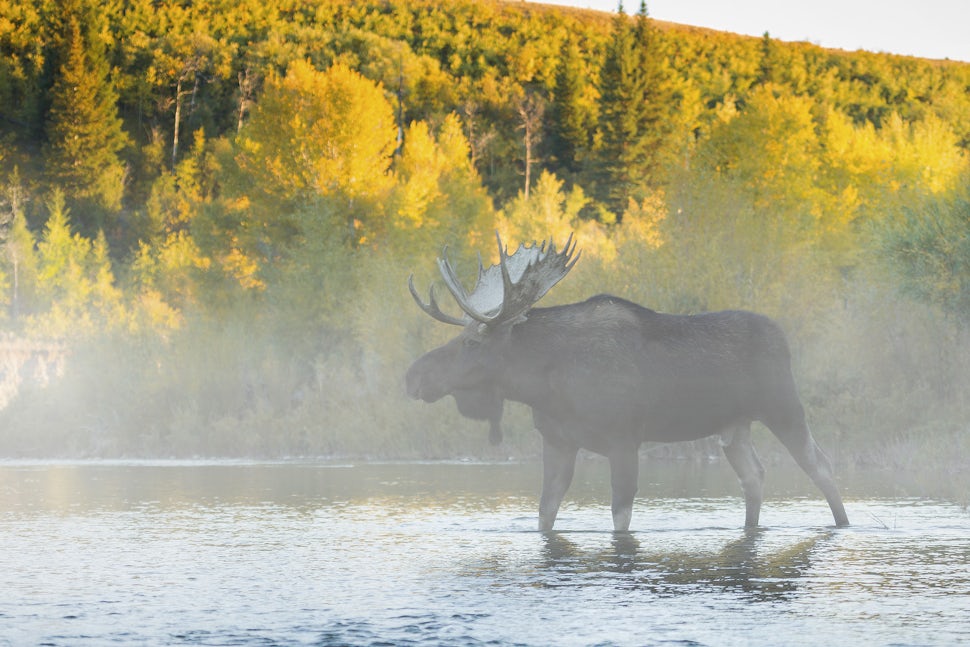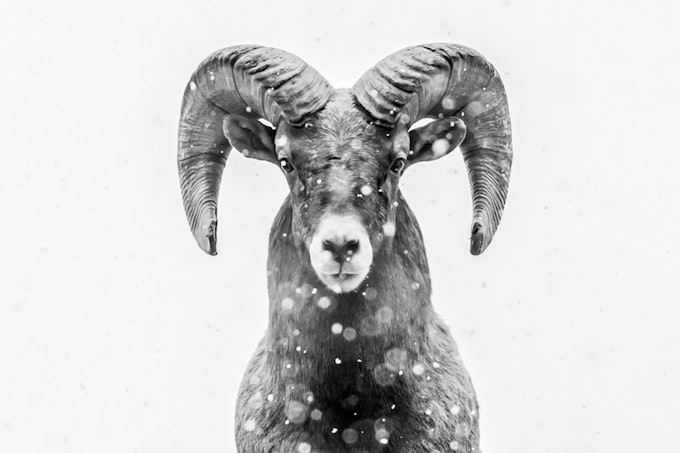Why Feeding Wildlife for the Sake of a Photo is Harmful
Are those photos on social media ethically created?

We've all seen them: glorious shots of wildlife, up close,unfiltered, and sometimes so proximal to the lens that the viewer couldalmost reach out and touch the animal. Sometimes these shots include thehand of the photographer, a wild animal perched upon his or her hand, or gently takingoffered food, frozen forever in what seems to be a peaceful exchange. Unfortunately,these photos endanger wildlife.
At the center of great wildlife photography is a mindfulnessof the welfare of the subject.However, many photographers disagree on the ethics of wildlife photography. Isbaiting okay? Why is feeding a hungry animal a bad thing? If the exchange waspeaceful, isn't the photo encouraging human appreciation of wildlife? Unfortunately,many photographers unknowingly engage in activities that harm their subjects. Inresponse to these questions, as well as the rise of human-wildlife interactionsfor photography on social media, here are the ways this type ofphotography is harmful to wildlife.
1. Baiting wildlife for photos
Laying out food toencourage an animal's presence can negatively impact wildlife by altering theirnatural movement behaviors. Most wild animals spend a large portion of their time foraging or hunting, andas such are hugely opportunistic. A food opportunity that involves littleenergetic expenditure (i.e., they don't have to do much to find or access it)is a huge reward in terms of survival, and animals will very quickly learn toassociate where and how they can benefit from a food source. By baiting any location withfood, we override an animal's instinct to adhere to territory markings, beaware of signs of predators, and we change wild behavior by encouraging ananimal to enter an area for human-created reasons. As a result, animals are morelikely to be predated upon, have negative encounters with conspecifics (members of the same species), or cross roadsand hostile habitat in an effort to access the food. Even one baiting activitycan have a negative impact.
2. Feeding
We often hear the term "a fed bear is a dead bear," but this is true for all wildlife, from birds to rodents to reptiles. Feeding wildanimals enforces that easymeals can be obtained from humans. This problem is twofold. First, when thehuman food source disappears, the animal may later face the consequences ofspending less time on nutrient-appropriate food sources. By feeding a wildanimal anything other than its natural diet, we alter their metabolism andinterfere with their use of energy for maintenance and survival. (potato chips,for example, are high fat and high salt- too much for the liver of a rodent tohandle. Bread causes angel wing in waterfowl, and many seeds and nuts are nutritionally wrong for manyspecies) Equally important: wildlife that are habituated to humans aremore likely to wander into human-populated areas in search of food, whichincreases the likelihood that they are accidentally or intentionally killed,taken as a pet, or injured.
12 Adventures with Amazing Wildlife | Photo: Ryan Mckinney
3. Using lure calls
Calling wildlife into an area for a photocan disturb an animal in a myriad of ways. It can cause a nesting parent tounnecessarily leave a nest or young, generate stress through unnecessaryexertion by searching for the source of the call, or increase the risk ofpredation by also calling in a predator. These increase the likelihood of injuryor mortality, or threatens the success of young, and the safety and health ofindividuals.
4. Sharing animal locations
Social media and instant messaging,including GPS-tagged cell phone photos, can be detrimental to wildlife. Sharingthe location of a wild animal can generate a crowd, which can result inharassment of an animal. This can interrupt nesting, breeding, feeding, andsafety, all of which stress wildlife and may introduce them to injury ormortality sources they would not have encountered otherwise. This is especiallyharmful to sensitive and endangered species, whether they are in national parksor our back yards.
Wildlife photography encourages us to develop affinities forwild things and wild places, and it can also be hugely beneficial to conservation.Negatively impacting local populations for photos, however, is bad for wildlifewellbeing. As a result, many wildlife photographers adhere to specific ethics and guidelinesin their efforts in order to mitigate the negative impacts on their presence. Whilesome photographers feel that hand-feeding, catching, or baiting wildlife is notunethical, these actions do have ecological consequences that are not based onopinion. It boils down to this: wildlife do better when we don’t interact withthem, and more often than not, our good intentions have adverse impacts thatare more important than accolades or likes on social media.
Fortunately, we don’t need to interact with wildlife to get amazing, ethical shots. Patience, respect, and knowledge ofthe ecology of the study species results in safe, beautiful photography. If youare interested in wildlife photography, consider checking out NationalGeographic’s tips on photographing animals in the wild. If you see photos online that encourage this behavior, takethe time to politely share how these interactions can endanger the animal, and giveyour support to photographers who are vocal about limiting their impact andinteractions with wildlife.
Author's note: many do not consider backyard bird feeders to be unethicalas long as the feeders are clean and a nutrient-dense, appropriate food sourceis provided.
Cover Photo: Chase Dekker
We want to acknowledge and thank the past, present, and future generations of all Native Nations and Indigenous Peoples whose ancestral lands we travel, explore, and play on. Always practice Leave No Trace ethics on your adventures and follow local regulations. Please explore responsibly!
Do you love the outdoors?
Yep, us too. That's why we send you the best local adventures, stories, and expert advice, right to your inbox.









